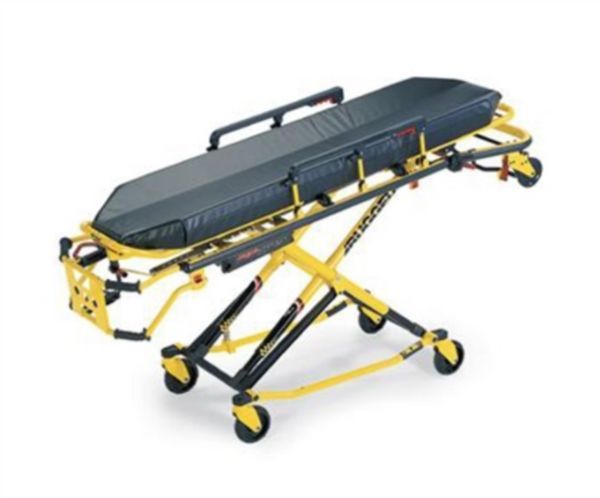Questions about normal sized patients on bariatric stretchers
RE: Stretcher Report Post

Hello,
It appears you may be using a bariatric stretcher for all patients. This would ensure you have capability to transport bariatric patients at the risk of maybe not being able to transport non-bariatric patients as securely. I am kind of reading into this but it seems this is the scenario.
If so, you may want to reach out to Stryker and see if they offer pads that could be used to secure smaller patients when needed. And the other thing you may consider is looking at the Department of Transportation for guidance if you have not already.
Just me.
T.
TJ Lobato | MedWrench Guru
Report Post
Our policies are written to minimize the use of bariatric stretchers for non-bariatric patients. for example:
2.5 Legislation requires a licensed ambulance to have minimum aisle way clearances around the stretcher. Whenever a unit does not meet the aisle way standards, it can only be tasked to non-bariatric emergency calls as a first responder. Therefore, EMS may respond units that are equipped with permanent bariatric stretchers or bariatric decks to emergency events for initial care and treatment only of non bariatric patients. A second resource for transport of the non bariatric patient must be dispatched as the initial responding unit cannot transport as long as those bariatric stretchers or bariatric decks remain in place.
2.6 Bariatric patients may be transported with bariatric resources in an emergency situation.
2.7 EMS has been given an exemption specific to transporting non bariatric InterFacility Transfer (IFT) patients on units equipped with permanent bariatric stretchers or bariatric decks. If a unit responds on a long distance bariatric IFT, that unit may be used to do a return IFT of a non-bariatric patient. Once the return IFT has been completed and the unit is back at its start station, it remains out of service for all nonbariatric transport events until the standard cot has been re-installed.
Interestingly they seem mostly concerned with the aisle space around the cot, rather than the size of the person in relation to the cot.
Report Post

Contact the EMS association in your area.
Bio-Medical Technological Services: Compressed Gas Systems Specialist Hyperbaric Chamber Technologist Services in: English, Français & Español
Report Post

